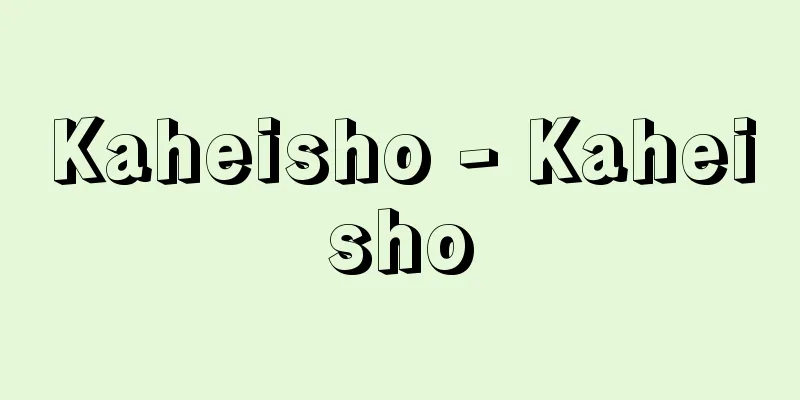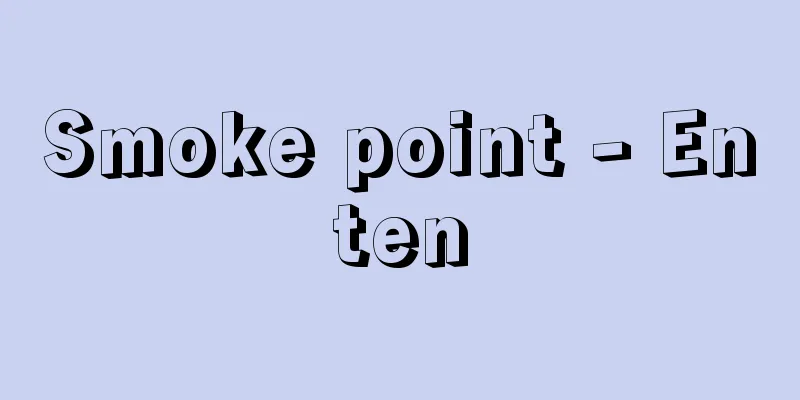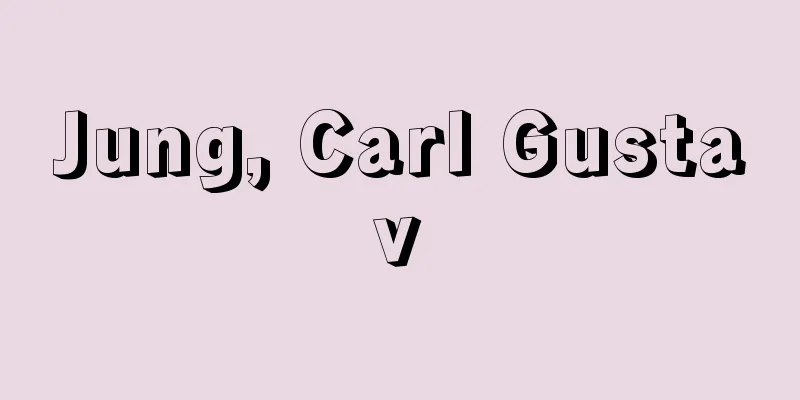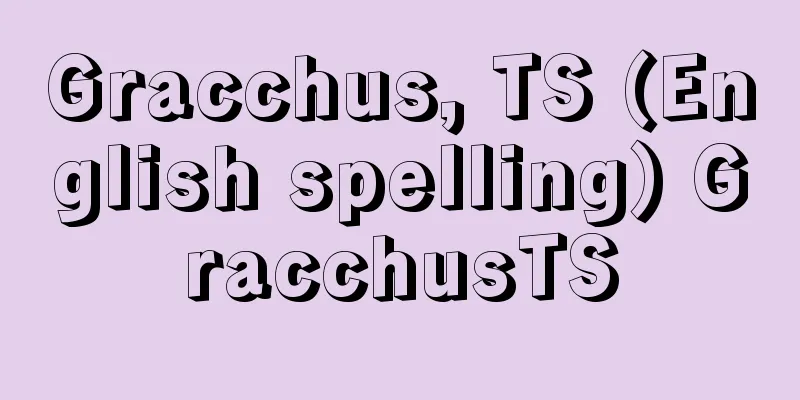Kimon
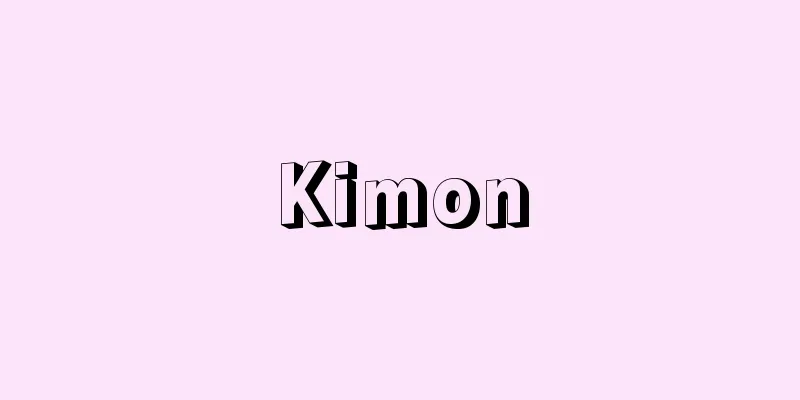
|
It refers to the direction of Ushitora, or the northeast corner. It was first said by onmyoji (exorcists), and it was said that this direction was where demons came and went, and that it was taboo to violate it. This theory was imported from China, but according to the Shinikyo (Shin-ikei) by Tohosaku, the direction where the two evil gods Jinda and Utsuru were located is the Kimon. It is thought that the Kimon theory was imported to Japan during the Heian period, but no accurate documents can be found. It is said that when Emperor Kanmu moved the royal palace to Heian-kyo, Enryaku-ji Temple on Mount Hiei was built to ward off demons, but this seems to have been a later theory. What is clear is that the Azuma Kagami, in the entry for January, 1235, states that the site where the Godaido Hall was built was in the shogunate's "kimon" (demon's gate). It is said that the Kan'ei-ji Temple on Mount Toei was built in Edo Castle for the same reason. Even today, caution against the kimon is seen in the construction of ordinary houses, and toilets and bathrooms are avoided in this direction. It is common to worship Inari or other deities as house deities in this direction, as a way to ward off the kimon. There are many popular beliefs about the kimon. It is said that one should not build a house facing the kimon, that one should not place entrances or protruding parts of the house in this direction. It is said that violating these rules will lead to endless illness and disasters, and that if a branch family is established in the direction of the kimon, the main family will not be able to survive. It is said that it is good to plant evergreen trees, especially Chinese pagoda trees, in the direction of the kimon. The direction directly opposite the Kimon, that is, the Hitsujisaru (southwest) direction, is called the Ura-Kimon or Byo-mon, and is viewed with caution just like the Kimon. [Oto Tokihiko] [Reference] |Source: Shogakukan Encyclopedia Nipponica About Encyclopedia Nipponica Information | Legend |
|
丑寅(うしとら)すなわち北東の隅にあたる方角をいう。陰陽師(おんみょうじ)がいい始めたことで、この方角は鬼が出入りし集まる所といい、これを犯すことを忌んだ。中国から移入された説であるが、東方朔(とうぼうさく)の『神異経(しんいけい)』などによると神荼(じんだ)、鬱壘(うつるい)の2悪神がいる方角が鬼門だとある。わが国へは平安時代に鬼門説が移入されたと思われるが、正確な文献が見当たらない。桓武(かんむ)天皇が王城を平安京に移したとき、鬼門除(よ)けとして比叡山(ひえいざん)延暦寺(えんりゃくじ)を建立したというが、それはのちになってからの説のようである。はっきりわかっているのは『吾妻鏡(あづまかがみ)』嘉禎(かてい)元年(1235)正月の条に、五大堂建立の地が幕府の鬼門にあたっているとの記載である。江戸城に対しても同様の理由から東叡山寛永寺を建立したという。今日においても、一般民家の建築に鬼門に対する警戒がみられ、この方角に便所や浴室を設けることを避けている。鬼門除けと称して、この方角に稲荷(いなり)などを屋敷神として祀(まつ)ることが広く行われている。鬼門に対する俗信はきわめて多い。鬼門に向けて家を建てるなとか、この方角に出入口を設けたり、家の出っ張った所をつくるなという。これを犯すと病人や災難が絶えない、また分家を鬼門の方に出すと本家が成りたたぬともいう。鬼門の方角に常緑樹とくにエンジュの木を植えておくとよいという。鬼門と正反対の方角すなわち未申(ひつじさる)(南西)の方角を裏鬼門または病門(びょうもん)といい、鬼門と同様に忌み警戒されている。 [大藤時彦] [参照項目] |出典 小学館 日本大百科全書(ニッポニカ)日本大百科全書(ニッポニカ)について 情報 | 凡例 |
<<: Interrogative Kana Spelling - Gimon Kanazukai
Recommend
Opening the mouth - Kuchiake
The opening of the ban on entering shared mountain...
Landslide - jisuberi
A phenomenon in which a part of the land graduall...
Commander's Command - Shimei
[1] The name of a star. It is the fourth star of t...
Date of death - Motsunichi
〘Noun〙 A year in the lunar calendar is 360 days, b...
David, E. (English spelling) DavidE
...Recently, the population has increased signifi...
Jizhou
[1] One of the ancient Kyushu regions of China. Th...
Tosando - Tosando
One of the Five Kinai Seven Roads. A road that con...
Overtax - Casey
A transit tax on goods that began to be imposed in...
Ousaikan - Ousaikan
...The true pistils and stamens are hidden inside...
Endosymbiotic theory
…This difference must be explained when consideri...
Wladyslaw Lokietek (English spelling)
…Henryk IV Probus (c. 1257-1290, who aspired to t...
A genius - Isaijin
…The term has been widely used since Swiss histor...
Liquid level detector
Also called a level gauge. A measuring instrument ...
Cytostome
… [Invertebrate Mouth] Animals that do not have a...
Nguyen Tu (English spelling)
...This novel, set in a specific era and featurin...
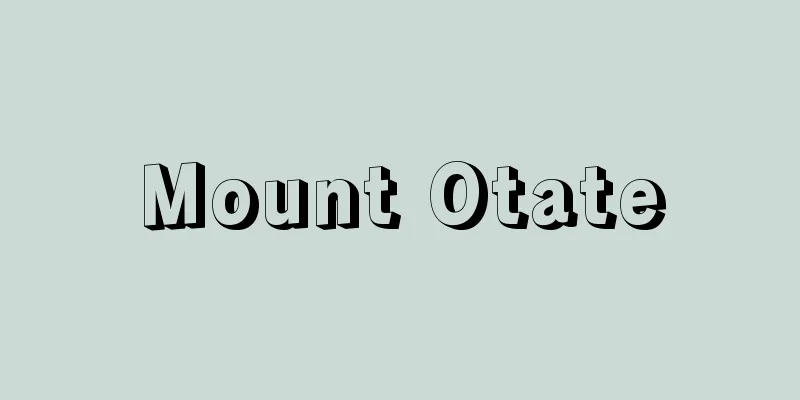
![Mozambique [city] (English spelling)](/upload/images/67cd03a662da9.webp)
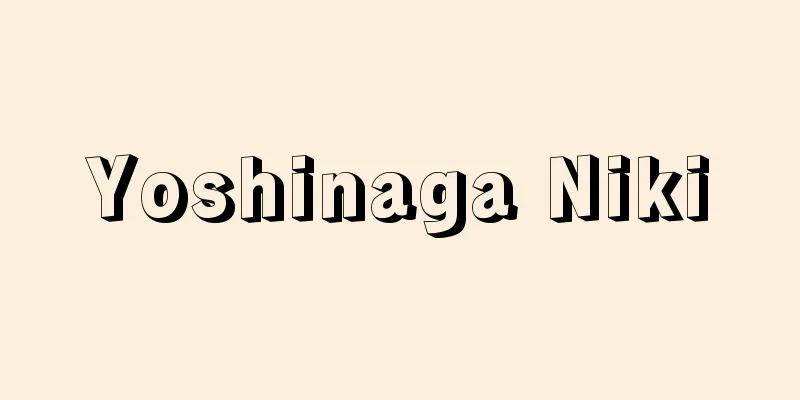
![Ugo [town] - Ugo](/upload/images/67cafbea586e5.webp)


